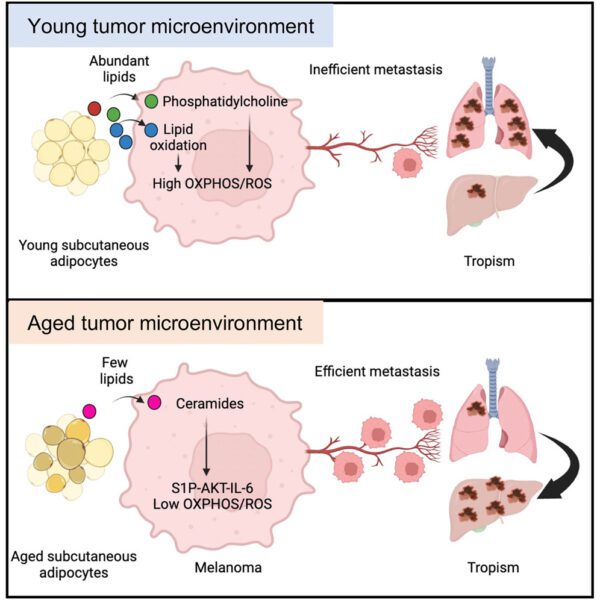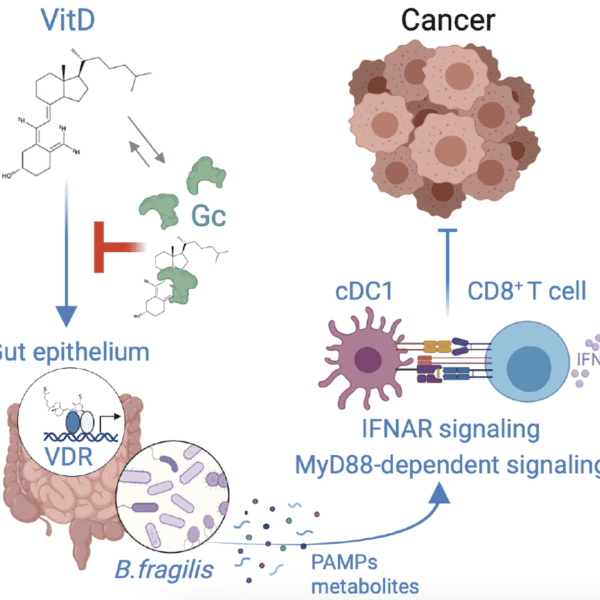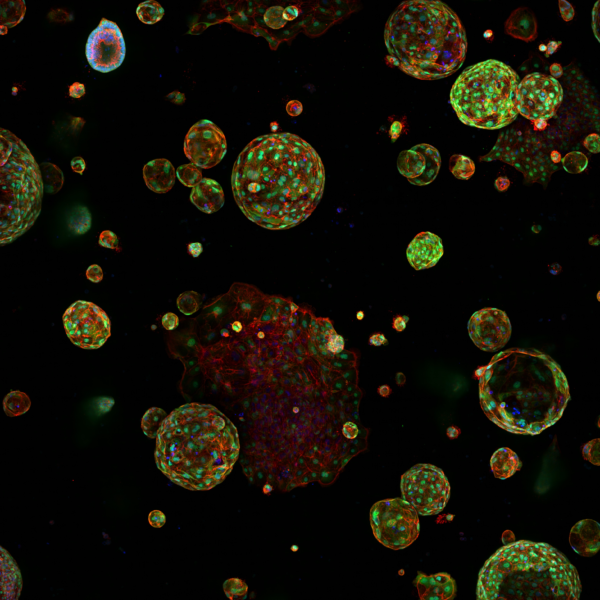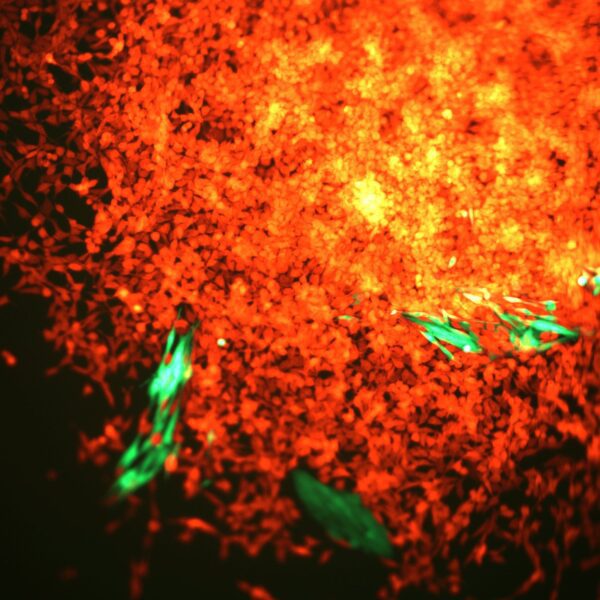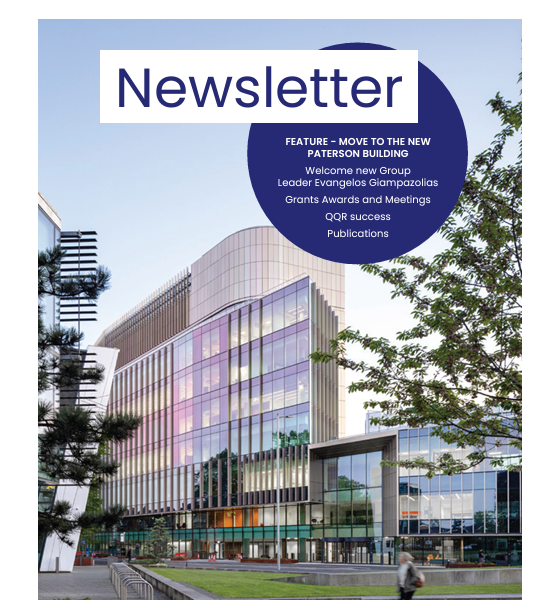Blood Cancer
Blood Cancer
Additional cytogenetic features determine outcome in patients allografted for TP53 mutant acute myeloid leukemia
Loke et al show presence of TP53 mutations in acute myeloid leukemia (AML) are associated with an inferior outcome after an allogeneic stem cell transplant.
Posttransplant MRD and T-cell chimerism status predict outcomes in patients who received allografts for AML/MDS
Authors find presence of posttransplant MRD has an adverse prognostic impact on the outcome irrespective of pretransplant MRD in patients with AML/MDS.
An in vivo barcoded CRISPR-Cas9 screen identifies Ncoa4-mediated ferritinophagy as a dependence in Tet2-deficient hematopoiesis
Authors use barcoded in vivo CRISPR-Cas9KO screen to identify Ncoa4 as a dependency in Tet2-mutant HSPCs and reveals a promising therapeutic target for early intervention.
Justin Loke appointed to Amit Patel Leukaemia Research Fellowship
Luciano Nicosia receives Blood Cancer UK Early Career Advancement Fellowship
Dr Luciano Nicosia has been awarded a 3-year Early Career Advancement Fellowship with Blood Cancer UK.
Revolutionising stem cell transplants to treat acute myeloid leukaemia
With funding from Blood Cancer UK, Mark Willams and Robert Wynn are setting up a clinical trial that aims to transform stem cell transplantation and offer new hope for many young adults with AML.
Frequent derepression of the mesenchymal transcription factor gene FOXC1 in acute myeloid leukaemia
Somerville et al. report frequent derepression of FOXC1 in human acute myeloid leukemia in association with the HOXA/B locus. FOXC1 contributes to monocyte lineage differentiation block and enhanced clonogenic potential and collaborates with HOXA9 to accelerate leukemia onset in vivo.
GFI1 proteins orchestrate the emergence of haematopoietic stem cells through recruitment of LSD1
In this study, the authors investigated the molecular mechanisms controlling the generation of HSCs during the intra-embryonic wave of haematopoiesis in the AGM and demonstrate a prominent role for the transcriptional repressors GFI1 and GFI1B in this process.
The Oncogenic Transcription Factor RUNX1/ETO Corrupts Cell Cycle Regulation to Drive Leukemic Transformation
Leukaemic fusion proteins drive leukaemia by maintaining abnormal transcriptional networks. This study demonstrates the feasibility of epigenomics-instructed screens for identifying oncogene-driven vulnerabilities and their exploitation by repurposed drug approaches.
The small inhibitor WM-1119 effectively targets KAT6A-rearranged AML, but not KMT2A-rearranged AML, despite shared KAT6 genetic dependency
The epigenetic factors KAT6A and KMT2A interact in normal hematopoiesis to regulate progenitors’ self-renewal. Authors evaluated the potential of different KAT6A therapeutic targeting strategies to alter the growth of KAT6A and KMT2A rearranged AMLs.
